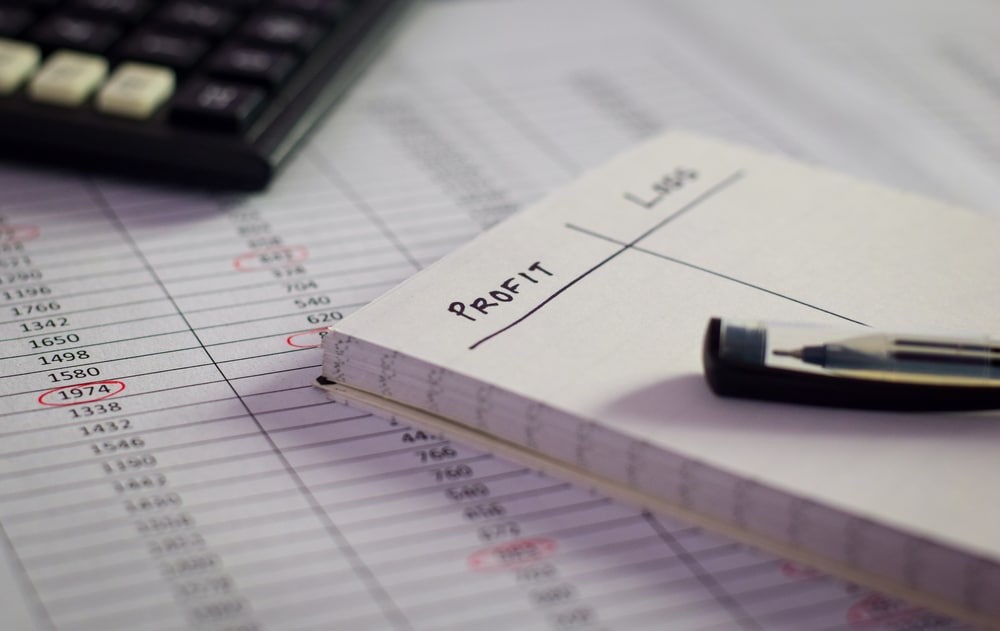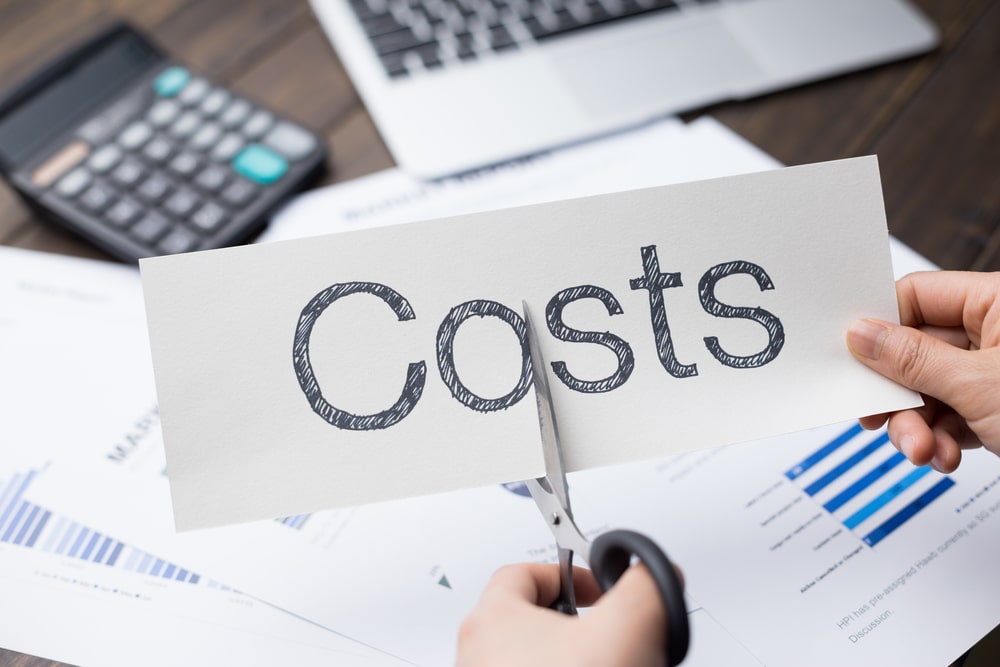As a business owner, you’ve probably heard about the terms income statement, profit and loss statement, or P&L. And you might have been perplexed by these terms and wondered what exactly they mean.
Good news: They all refer to the same thing—the financial statement that shows whether your company is profitable.
In this article, we’ll review profit and loss statements, including how to prepare them and how to interpret them.
And so—
What is a profit and loss statement?
A profit and loss (P&L) statement:
- Is a financial report
- Summarizes your company’s revenues and expenses over a specific period of time
- Uses a standardized format
Usually, a P&L statement gets prepared annually, but you can prepare one for a month or quarter. And you can make a comparative P&L where you look at current year performance against the previous year.
Important: The expenses you record in a profit and loss statement are expenses you incur to directly generate revenue, not the costs you incur when buying business assets that will last for a year or more.
The profit and loss statement captures business expenses such as advertising, travel, and salaries—and not costs to build a warehouse or buy a computer—as these last two are examples of business assets.
What is the purpose of a P&L statement?
As the name implies, the primary purpose of a profit and loss statement is to disclose whether a business made a profit or a loss.
In the P&L statement, profit is when your revenue exceeds your expenses. But if your expenses are greater than your revenue, you’ll have a loss.
Other reasons for preparing a profit and loss statement include:
- To disclose the total income of a business
- To disclose the gross profit of a business
- To disclose the total expenses of a business by categories
Common scenarios that require a company to provide a P&L statement include when applying for a small business loan or when approaching investors for funding. Having a P&L statement on hand can be helpful when preparing certain tax forms, including Form 1065 and Schedule C (Form 1040).
Is a P&L statement also known as an income statement?
Yes. Like New York City is known as “The Big Apple” and “The City That Never Sleeps,” the P&L statement has many aliases.
And its most famous synonym is an income statement.
Other names for a profit and loss statement include:
- P&L statement
- Statement of profit and loss
- Statement of operations
- Statement of financial results
- Income and expense statement
- Statement of financial performance
Make sure to become familiar with some of these names as you’ll likely encounter them in the course of your business operations every so often.
What is the difference between a P&L statement and a balance sheet?
There are a number of differences between a profit and loss statement and a balance sheet. One of the key elements that differentiates the two documents is related to time:
A profit and loss statement discloses your business’s profitability over a period of time.
A balance sheet shows the financial worth of your business at a particular date.
Think of a balance sheet as a single photograph of your business and a P&L statement as a short video of your company.
A balance sheet shows what your company owns and owes.
A profit and loss statement shows what your company earns.
Both are vital components of your business accounting and financial management.
How do you make a profit and loss statement?
Preparing a P&L is easy when you follow these steps.
Step 1: Summarize revenue
Start with totaling your revenue accounts. These may be called sales or services in your company.
Revenue will be the first line of your P&L.
If you track sales returns, net this against your sales as follows.
For clarity, sales returns are the items a customer returned and should no longer form part of your sales.
| Net Sales Calculation, Year Ended 12/31/2023 |
|---|
| Gross sales | $230,000 |
| Sales returns | ($15,000) |
| Net sales | $215,000 |
Step 2: Calculate your cost of goods sold
As the name implies, the cost of goods sold is the cost of the items you sold. If you have a service-based business, you may not have costs of goods sold.
Because some items you bought may remain unsold, you’ll want to remember that the cost of goods sold is not the same as the cost of goods bought.
You likely recorded all the goods you bought in an account called purchases. But that won’t represent the cost of the things you sold.
So to get the amount for the cost of goods sold, you’ll need to subtract the cost of closing inventory from the purchases figure. And if you had opening inventory, you’ll need to add this to purchases as follows:
| Cost of Goods Sold Calculation, Year Ended 12/31/23 |
|---|
| Beginning inventory | $230,000 | |
| Add: Purchases | $700,000 | |
| $930,000 | ||
| Less: Ending inventory | ($100,000) | |
| Cost of goods sold | $830,000 |
Step 3: Calculate gross profit
Gross profit is the initial picture of your company’s profitability.
It’s calculated by subtracting your cost of goods sold from your net sales.
This preliminary calculation lets you know if your selling price is high enough to cover your operating expenses (which we’ll discuss next).
| Gross Profit Calculation, Year Ended 12/31/23 |
|---|
| Net sales | $780,000 |
| Cost of goods sold | ($300,000) |
| Gross profit | $480,000 |
At this stage, and for more insightful analysis, calculate your Gross Profit Margin and compare with your previous year’s figure or the industry average.
Step 4: Total your operating expenses
Also known as “selling, general, and administrative expenses,” operating expenses are incurred to sustain your routine business activities.
You may have dozens of operating expenses for your business. Some common ones include:
- Rent
- Insurance
- Office supplies
- Telephone
- Utilities
- Bank fees
- Taxes
Instead of lumping all these expenses together in one general account, keep them listed separately to make it easier to compare with previous years and adjust your business budget accordingly.
Step 5: Calculate your net income
To calculate your net income, you subtract your operating expenses from your gross profit.
You can distribute net income to owners or keep the earnings to use in subsequent years.
What does a profit and loss statement look like?
Here’s an example to give you an idea of what a P&L looks like:
Flavors Restaurant
Profit and Loss Statement
For the year ended December 31, 2023
| 2023 | |
|---|---|
| Sales | $970,000 |
| Cost of goods sold | ($300,000) |
| Gross Profit | $670,000 |
| Operating expenses | |
| Rent | ($50,000) |
| Salaries | ($150,000) |
| Insurance | ($25,000) |
| Utilities | ($25,000) |
| Net income | $420,000 |
Check out our Profit & Loss Statement guide for more examples and downloadable P&L statement templates.
Preparing a profit and loss statement is a crucial business accounting practice. Not only is a P&L required when seeking funding or applying for a business loan, but without it, you’ll be left in the dark about your company’s financial position.




